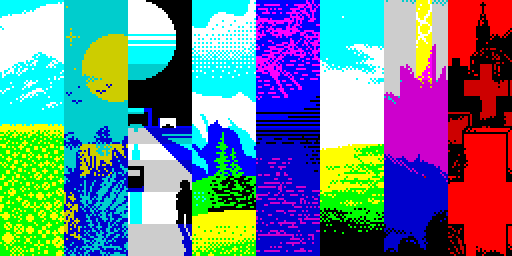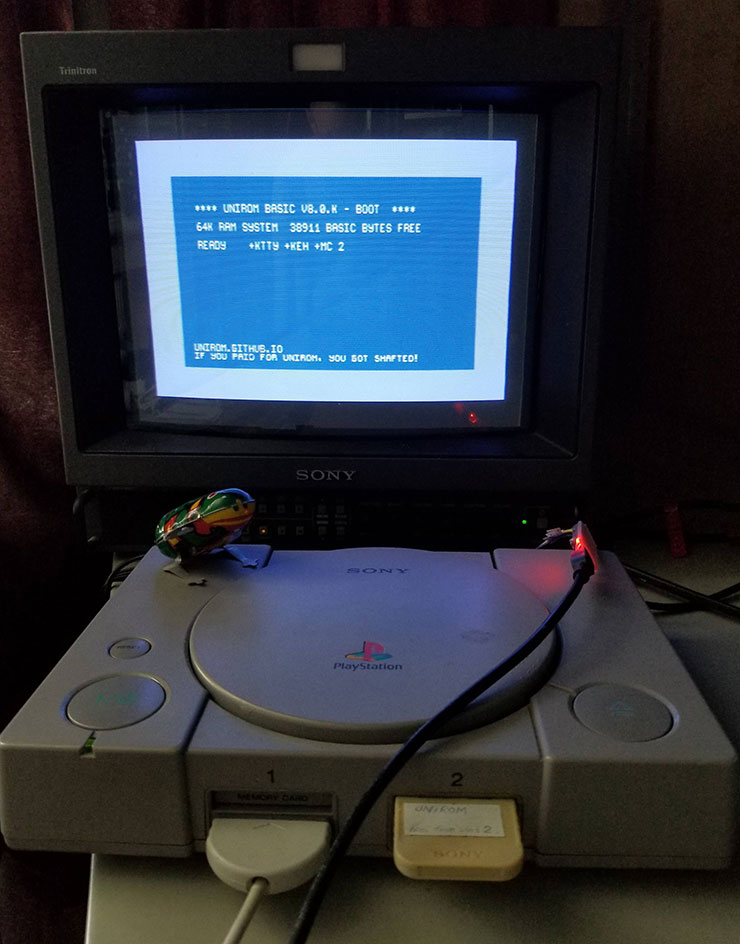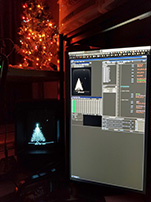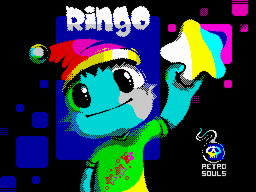
Публикую обзоры жюри и оценки на графические работы
zxgfx compo #7. Результаты в конце статьи. В этот раз оценка работ проводилась не зрителями, а жюри из числа вызвавшихся членов канала @zxgfx. При этом условие было только одно — в жюри может быть тот, кто не нарисовал на компо. Наверное этим и объясняется такой баланс количества участников конкурса и жюри — 3 участника (8 работ) и 9 человек жюри. Но, надо сказть, быть в жюри оказалось не проще. Дело даже не в оценивании и написании обзора. На это у каждого ушел наверное просто 1 вечер. Проблема жюри — больше в обсуждении выставленных оценок и подходов к оцениванию.
Все началось достаточно легко. Создали отдельный telegram-канал для жюри. Кто-то спросил «как оцениваем», я с ходу предложил — давайте оценим по трем критериям:
1. Соответствие условиям конкурса
2. Техника
3. Оригинальность/общее впечатление от работы.
Бросил и забыл. Обсуждения критериев не было, потом один за другим посыпались обзоры. Понятное дело, никто не читал обзоры друг друга, чтобы они не повлияли на собственные. В результате мы получили следующее:
Я сам решил отказаться от первого критерия. Двое жюри последовали моему примеру. А Schafft просто выбрал другие, на самом деле, более интересные критерии. Это все произошло абсолютно независимо и без какого-либо обсуждения.
Что мы получили в итоге — текстовая часть без претензий, мнения всех членов жюри. А вот цифровые оценки — … Вот тут-то мы и поимели некоторое обсуждение, или оно нас. Закончилось тем, что все же большинством членов жюри мы решили, что первый критерий (Соответствие условиям конкурса), во-первых, не может иметь балльную оценку, а во-вторых, является слишком формальным и применять его не следует, поскольку большинство считает все работы соответствующими теме конкурса («Пейзаж»). Поэтому решено было отбросить первый критерий и оценки посчитать на основе оставшихся — среднее по каждому жюри (кроме sq, у него уже стояла авторская общая оценка, не равная среднему отдельных компонент). Ну и общие результаты также по среднему баллу.
Что получилось…
Читать дальше →







